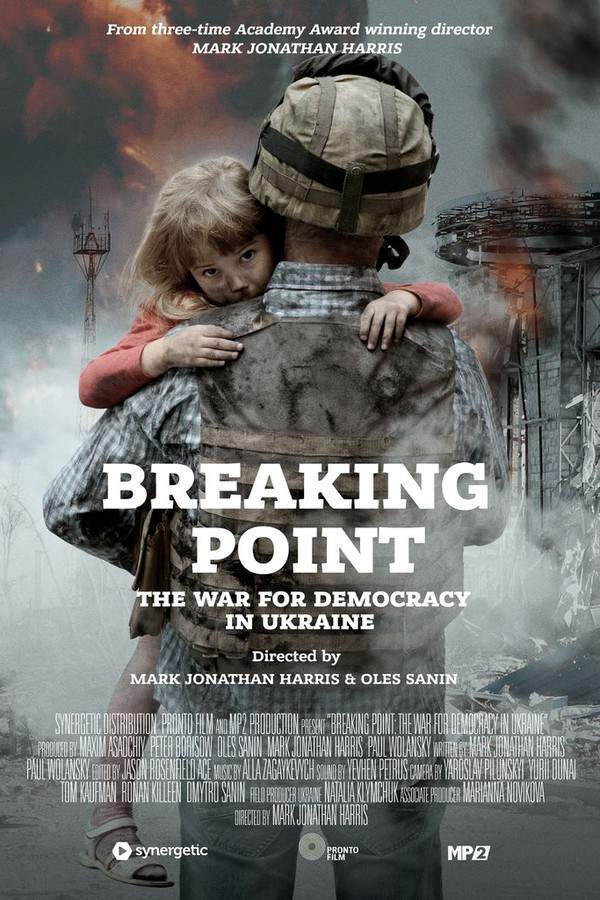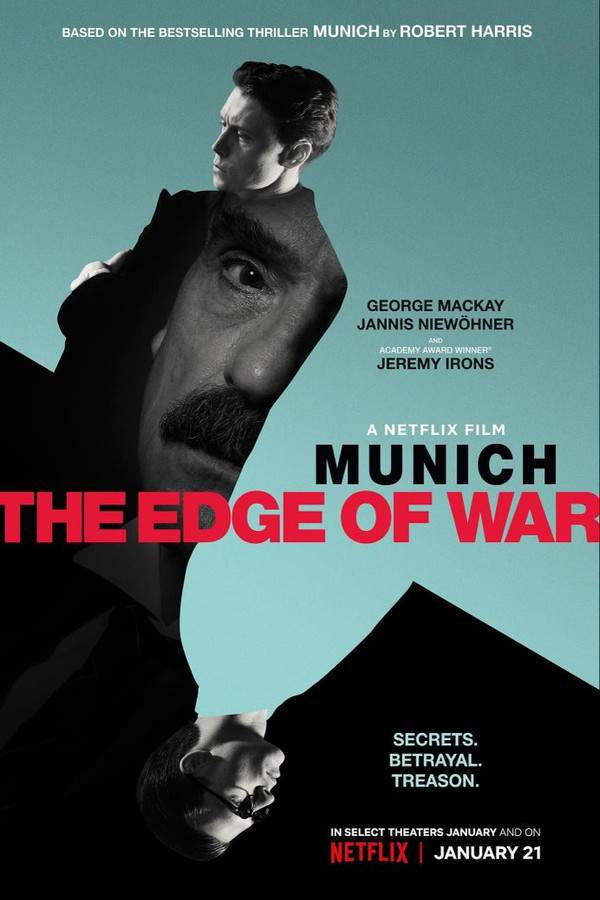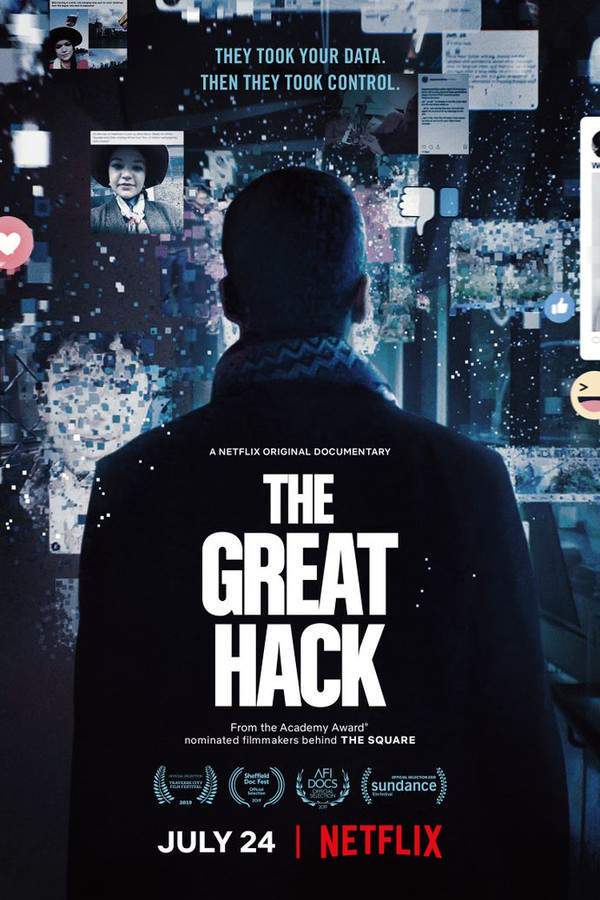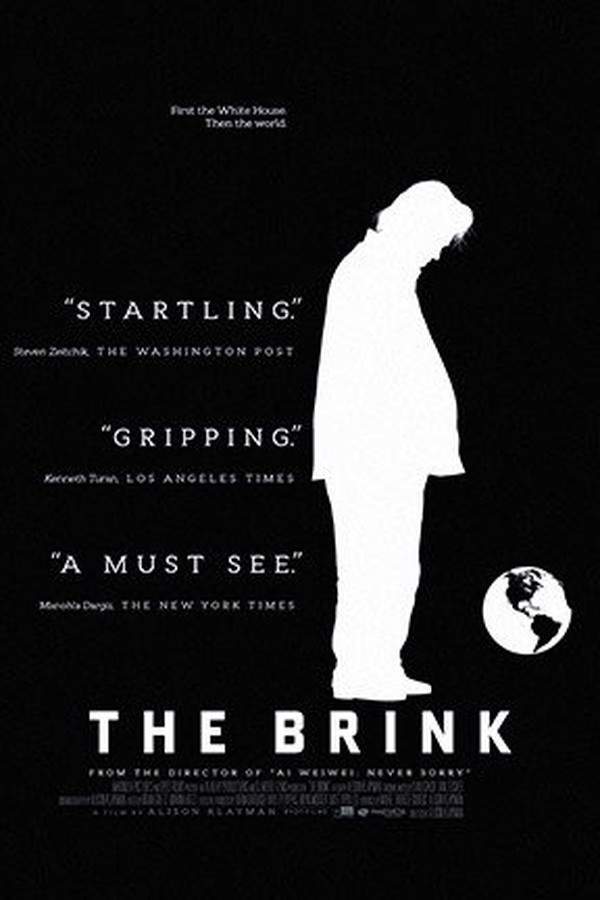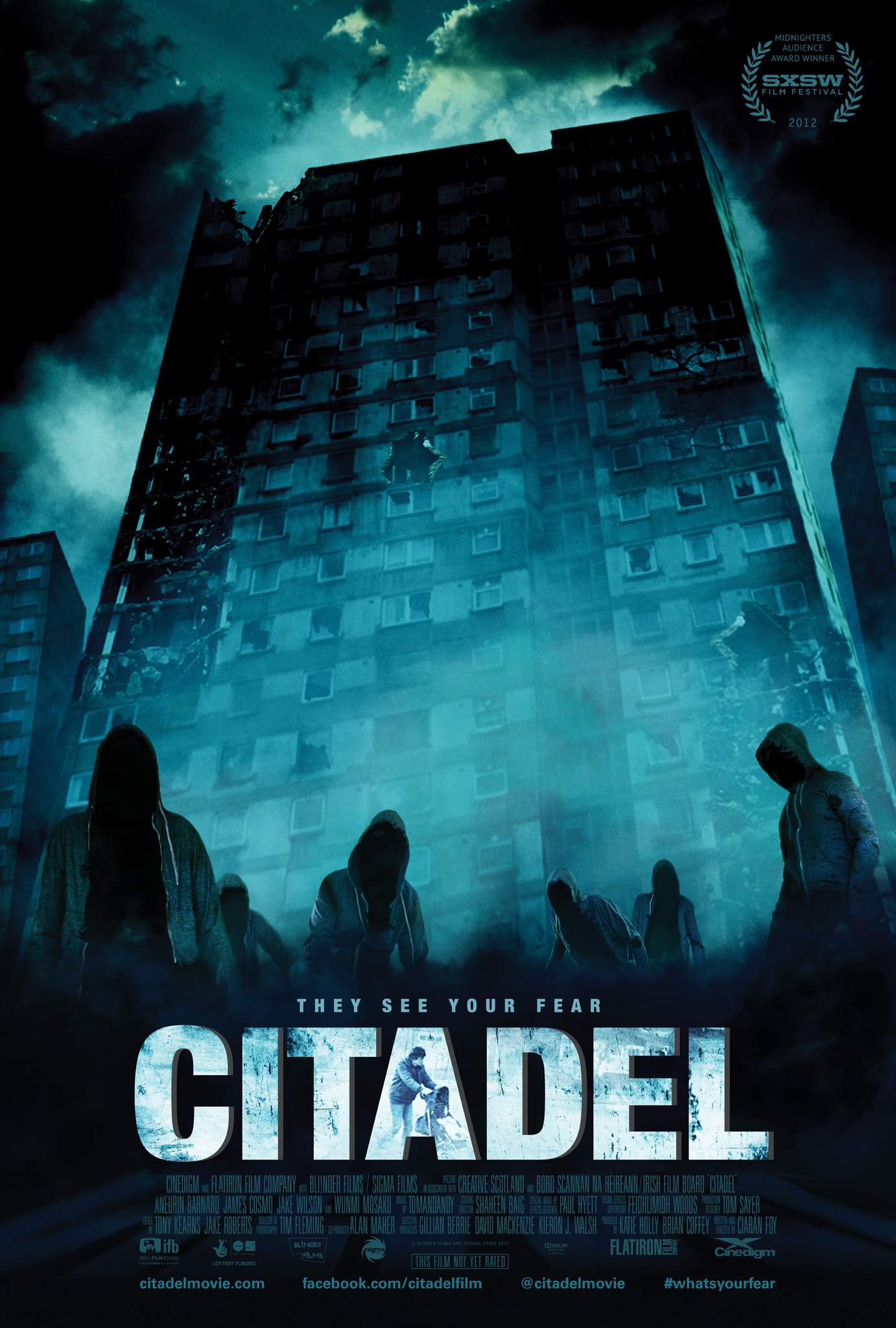
Brexit: The Uncivil War
Political strategist Dominic Cummings orchestrates a groundbreaking and divisive campaign to sway British voters towards leaving the European Union. The film explores the strategies and tactics employed from 2015, offering a behind-the-scenes look at the events leading up to the historic referendum and its aftermath. It examines the methods used to shape public opinion and the impact of this pivotal moment in British history.
Warning: spoilers below!
Haven’t seen Brexit: The Uncivil War yet? This summary contains major spoilers. Bookmark the page, watch the movie, and come back for the full breakdown. If you're ready, scroll on and relive the story!
Timeline – Brexit: The Uncivil War (2019)
Trace every key event in Brexit: The Uncivil War (2019) with our detailed, chronological timeline. Perfect for unpacking nonlinear stories, spotting hidden connections, and understanding how each scene builds toward the film’s climax. Whether you're revisiting or decoding for the first time, this timeline gives you the full picture.
Last Updated: November 22, 2025 at 16:00
Unlock the Full Story of Brexit: The Uncivil War
Don't stop at just watching — explore Brexit: The Uncivil War in full detail. From the complete plot summary and scene-by-scene timeline to character breakdowns, thematic analysis, and a deep dive into the ending — every page helps you truly understand what Brexit: The Uncivil War is all about. Plus, discover what's next after the movie.
Brexit: The Uncivil War Summary
Read a complete plot summary of Brexit: The Uncivil War, including all key story points, character arcs, and turning points. This in-depth recap is ideal for understanding the narrative structure or reviewing what happened in the movie.

Characters, Settings & Themes in Brexit: The Uncivil War
Discover the characters, locations, and core themes that shape Brexit: The Uncivil War. Get insights into symbolic elements, setting significance, and deeper narrative meaning — ideal for thematic analysis and movie breakdowns.

Similar Movies to Brexit: The Uncivil War
Discover movies like Brexit: The Uncivil War that share similar genres, themes, and storytelling elements. Whether you’re drawn to the atmosphere, character arcs, or plot structure, these curated recommendations will help you explore more films you’ll love.
Explore More About Movie Brexit: The Uncivil War
Brexit: The Uncivil War (2019) Plot Summary & Movie Recap
Brexit: The Uncivil War (2019) Scene-by-Scene Movie Timeline
Brexit: The Uncivil War (2019) Spoiler-Free Summary & Key Flow
Movies Like Brexit: The Uncivil War – Similar Titles You’ll Enjoy
Breaking Point: The War for Democracy in Ukraine (2018) Full Movie Breakdown
Munich: The Edge of War (2022) Full Summary & Key Details
The Great Hack (2019) Film Overview & Timeline
The Brink (2019) Ending Explained & Film Insights
Citadel (2012) Spoiler-Packed Plot Recap
Churchill (2017) Ending Explained & Film Insights
Brexitannia (2017) Full Movie Breakdown
The Dirty War on the NHS (2019) Detailed Story Recap
Break-Out to the Unknown (2018) Ending Explained & Film Insights
The State Within (1000) Ending Explained & Film Insights
Defence of the Realm (1985) Story Summary & Characters
Scandal (1989) Story Summary & Characters
The Choice 2020: Trump vs. Biden (2020) Plot Summary & Ending Explained
This England (1000) Story Summary & Characters
Into the Storm (2009) Full Movie Breakdown



